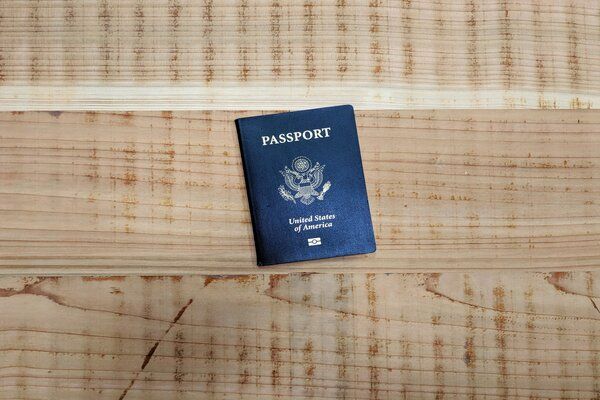For many, the American dream beckons with the promise of new opportunities and freedoms. Yet, for immigrants, that dream is often delayed by protracted wait times that characterize the U.S. immigration system. These delays can span years, testing the patience and resilience of hopeful newcomers.
Why are these wait times so extensive, and what can prospective immigrants expect when they embark on this journey?
Backlogs and Bureaucracy
At the heart of the issue is a massive backlog of applications across nearly all immigration pathways, from family-sponsored visas to asylum requests and green cards. The U.S. Citizenship and Immigration Services (USCIS), the agency responsible for handling immigration applications, has been historically underfunded and understaffed, leading to a bottleneck in processing times. This problem has been exacerbated by policy changes and shutdowns, further straining the system.
Prioritization and Quotas
U.S. immigration law imposes strict limits on the number of visas issued each year in various categories. For instance, there are caps on the number of certain family-based visas, as well as employment-based visas. When demand exceeds supply, backlogs grow. Additionally, prioritization policies can shift, placing certain applications on hold while others are fast-tracked.
The Impact of Delays
The ramifications of these prolonged wait times are profound. Families remain separated for extended periods, employers can’t fill critical positions, and individuals seeking refuge may be left in precarious situations for far too long. The emotional and economic toll on applicants and their sponsors can be severe.
What Can Be Done?
Addressing these delays requires a multi-pronged approach. Advocacy for immigration reform, increased funding for USCIS, and modernization of the application process are critical steps. On an individual level, applicants can sometimes expedite their process through premium processing services, where available, or by ensuring their applications are thorough and free of errors to avoid any additional delays.
In summary, the long waiting periods for U.S. immigration processes are a consequence of a system struggling under the weight of its own procedures and limitations. For those caught in the throes of these delays, understanding the reasons behind them offers little comfort, but it underscores the importance of sustained efforts toward comprehensive immigration reform. Until then, the reality of long waits remains a significant hurdle in the path to American immigration.


